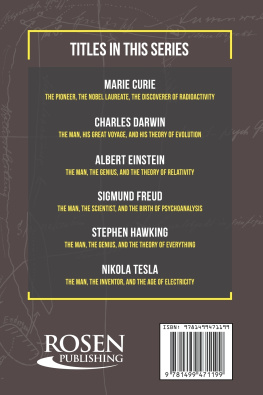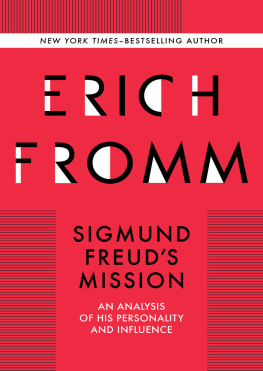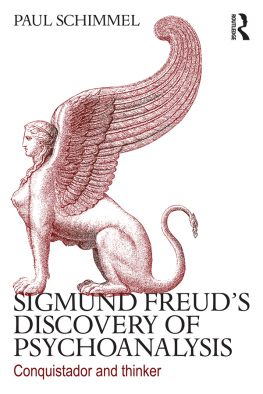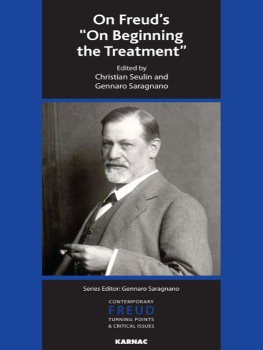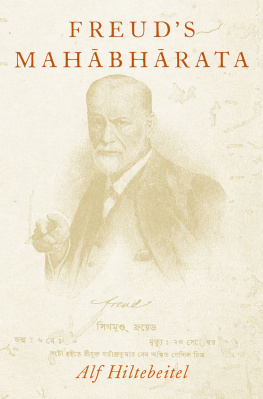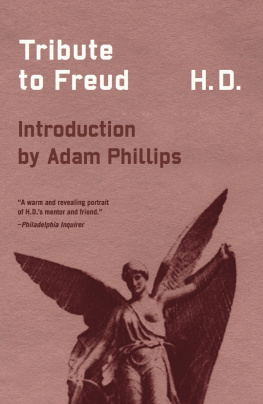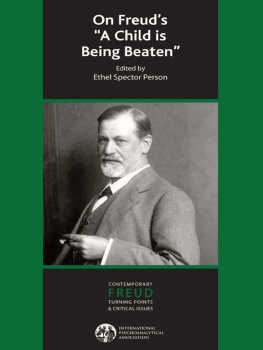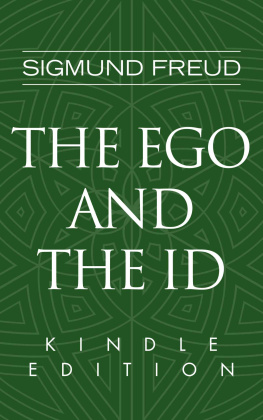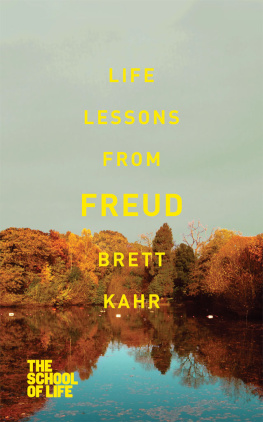Published in 2022 by The Rosen Publishing Group, Inc.
Published in 2019 by Andre Deutsch, a division of the Carlton Publishing Group. Design copyright Carlton Books 2019. Text copyright Ruth Sheppard 2019.
All rights reserved. No part of this book may be reproduced in any form without permission in writing from the publisher, except by a reviewer.
Names: Sheppard, Ruth.
Title: Sigmund Freud / Ruth Sheppard.
Description: New York: Rosen YA, 2022. | Series: Pioneers of science
Identifiers: ISBN 9781499471182 (pbk.) | ISBN 9781499471199 (library bound) | ISBN 9781499471205 (ebook)
Subjects: LCSH: Freud, Sigmund, 1856-1939--Juvenile literature. | Psychoanalysts--Austria--Biography--Juvenile literature.
CPSIA Compliance Information: Batch #CSRYA22.
For Further Information contact Rosen Publishing, New York, New York at 1-800-237-9932.
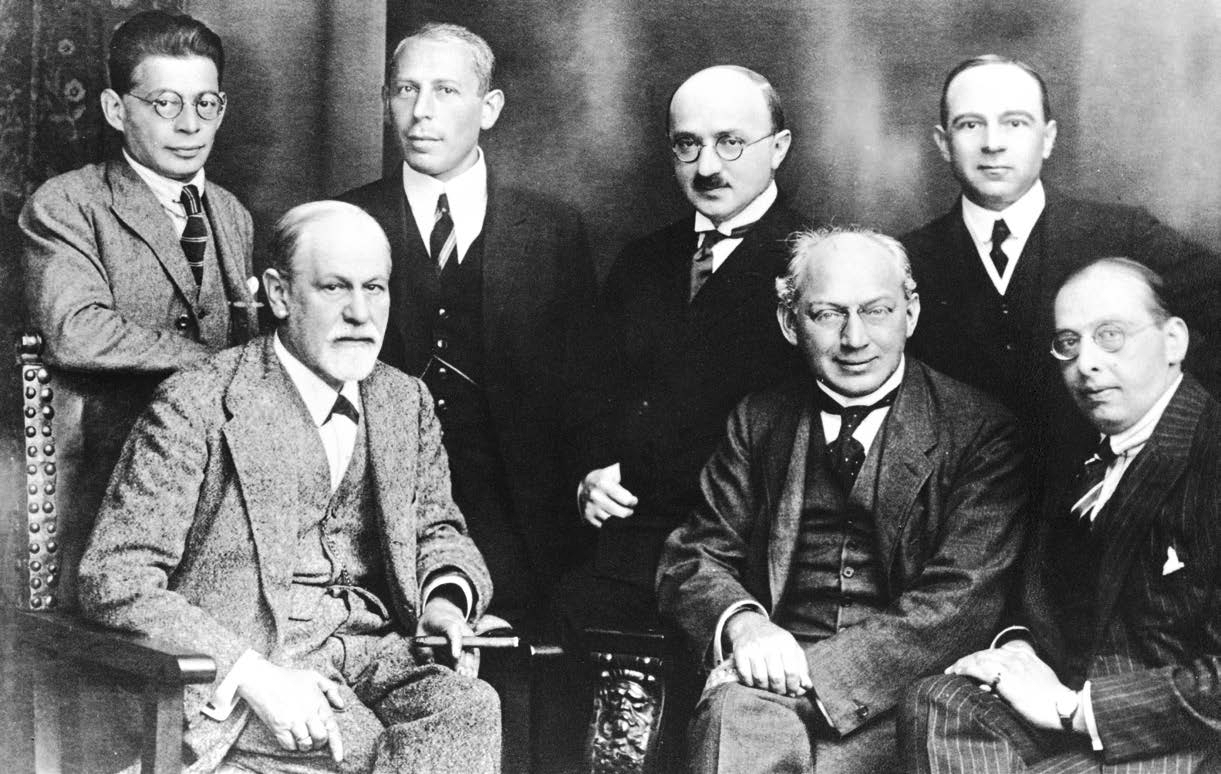
Contents
Foreword
T his unique book is written as if one were standing in Freuds study and consulting room as he left it in 1939. On the shelves are the books he read in science, art, literature, history, archaeology, and psychology. The antiquities he loved are displayed on every surface and in glass cabinets, testifying not only to the importance of the past in his work, but to the breadth of his cultural interests. Portraits of the people he admired are hung on the walls and shelves his former teachers and colleagues, and the women who shared his life. Lined against the wall is the iconic couch on which hundreds of patients recounted thousands of dreams and memories, following the rule of free association. Freud recreates this setting in its illustrated presentation and by doing so poses the question that gets to the heart of the Freud biographers quest: Where did Freuds ideas come from?
To explore further we are given privileged access into the archive of letters, photographs and documents held at the Freud Museum. The documents and photographs add color to the book, creating a truly graphic biography which succeeds in making Freud come alive in the text. It is perhaps not surprising that the author herself has written exhibition material for national museums. Framed within the context of political developments in Europe, the impact of antiSemitism, industrialization, and developments in biology, medicine, and psychiatry, we see Freud as a researcher worried about his career, who falls in love, makes mistakes (and writes about them), worries about his health and money and friendships, whose adult life was gripped by a passionate desire to discover the secrets of the soul and who left a legacy that continues to this day. The structure of the book facilitates this multidimensional and multilayered approach. A main text is complemented by images and captions that provide a different level of information; short biographies of other key players (psychologists, colleagues, patients, friends) are distributed in separate windows; facsimiles of key archive documents are provided in special pockets to remove and examine. One of the most compelling of these is the handwritten text of Freuds broadcast for the BBC in 1938 in which he summarizes his professional life in less than 120 words. As a piece of writing it is succinct enough for any modern tweeter to be proud.
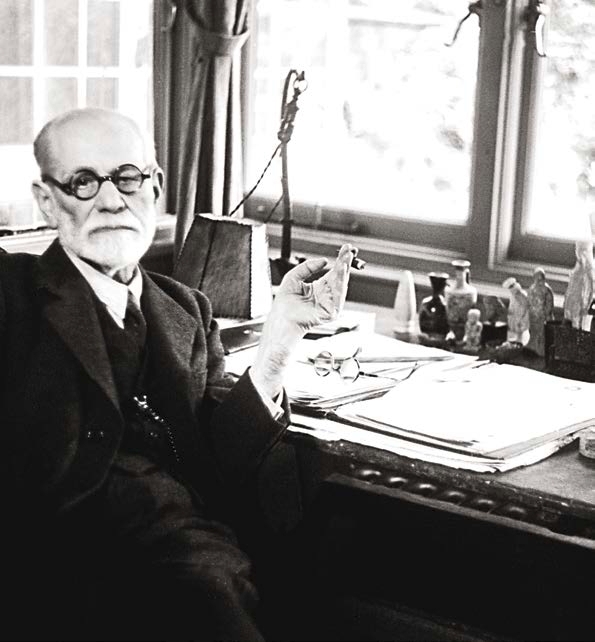
Freud at his desk in his temporary accommodation in Ebworth Road.s
Freud has been much criticized in recent years and critics have often used the ambiguous term Freud to elide the difference between the man and his work. Ad hominem arguments are standard fare for the average Freud critic, presenting his ideas as nothing more than the product of a neurotic personality. As a popular and accessible account, this book will open up a new picture of Freud for many people, showing the man Freud in the context of his times, his work, his friends, his colleagues, and his family. There is much to discover here and much to admire as an illustrated account of the life of Freud.
Ivan Ward, Director of Education, and Carol Seigel, Director at the Freud Museum, London
Introduction

Freud tended to write late every evening and into the small hours, only working on his new theories and books after a full day of analysis, writing up notes for each patient and replying to correspondence.
T he ideas of the Austrian psychoanalyst Sigmund Freud pepper our everyday conversation, used correctly or otherwise: Was that a Freudian slip? Youre repressing your emotions. He has such a big ego. His influence has undeniably pervaded Western culture and thought, yet the man himself is as he always has been often misunderstood and ridiculed, crudely caricatured as a pervert obsessed with sex, cigar in hand, perched on a chair next to a gullible or vulnerable patient on a couch.
Over the seven decades since his death, not all of his theories have stood the test of time, many of them undergoing revision, or rejection, and today only very few comprehend the astonishing achievement he made. Alone, and against strong criticism, the young doctor forged an entirely new discipline, born out of a desire to create a better way of treating his patients. While those who have heard of Freud may know something of the Oedipus complex or his other sexual theories most of which are still controversial very few are aware of the sheer volume and breadth of work that this great mind produced over six decades. Even as early as the 1890s, Freuds ambition was nothing less than to create a new psychology, to try and map the minds of not only those suffering neurotic illnesses, but of everyone. He became one of the greatest intellectuals of the nineteenth and twentieth centuries, and his work ranged from the scientific and neurological texts of his youth, through his major psychoanalytic books, to writings on religion, society, art, and culture.
Freud introduces Sigmund Freud the man and the scientist, the husband and father, the pioneering psychoanalyst and creator and leader of an international community of analysts. Tracing his life from childhood in a complex family, through his medical training to the independent path he then trod toward the creation of psychoanalysis, we then examine his major theories and concepts, which he continued to develop until old age, even as he was dying of cancer. The selection of Freuds case notes and theories, letters and diary entries, some of them in his own handwriting, allow us to get even closer to the man himself, as do the lavish selection of illustrations, showing Freud, his family, colleagues, and followers. Together, these elements offer an insight into the life and works of the greatest explorer of the mind."
The World Before Freud
S igmund Freud was born in Moravia on May 6, 1856, then under the rule of the Empire of Austria, into a rapidly changing world. The Holy Roman Empire had been dissolved under Napoleon Bonaparte (17691821) in 1806, but in anticipation of losing his powers, Emperor Francis II (17681835) had declared himself Emperor of Austria. The empire emerged from the Napoleonic Wars as one of the dominant powers of Europe. Austria and Prussia were the main powers in the German confederation formed after the Congress of Vienna in 1815. Despite the efforts of the major players to restore the balance of power in Europe, the years after the Napoleonic Wars saw the spread of revolutionary movements.

